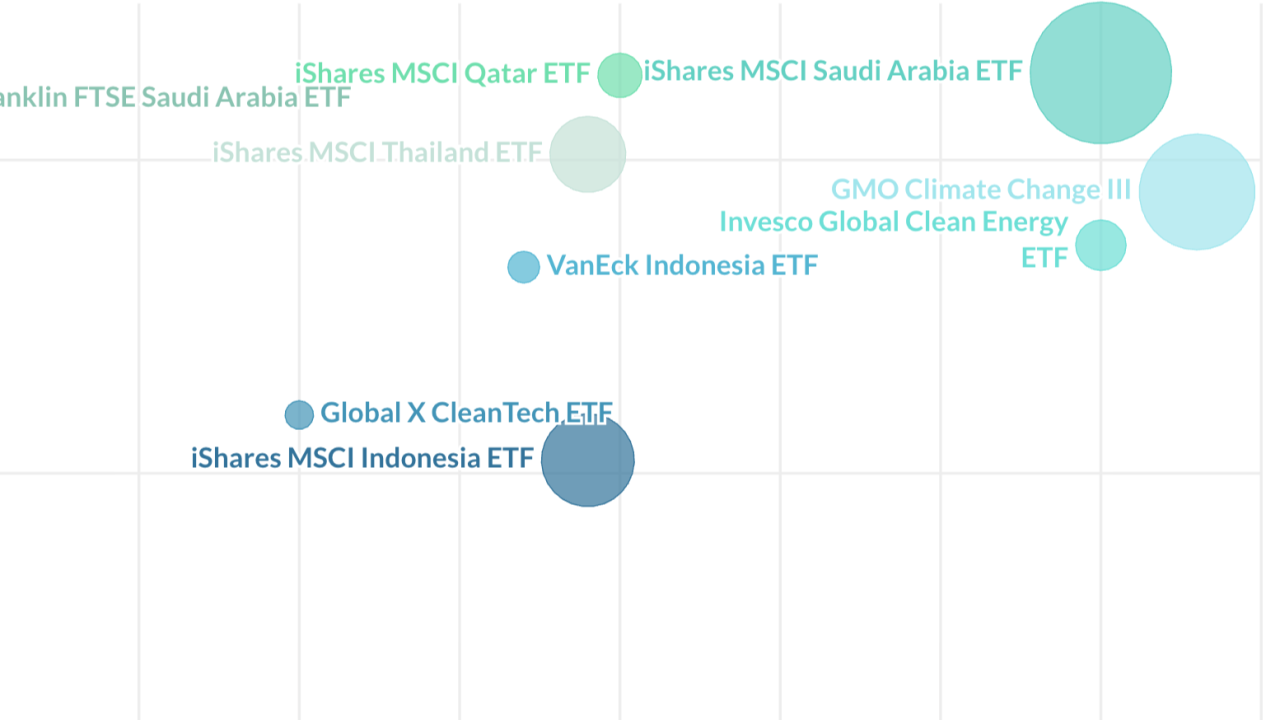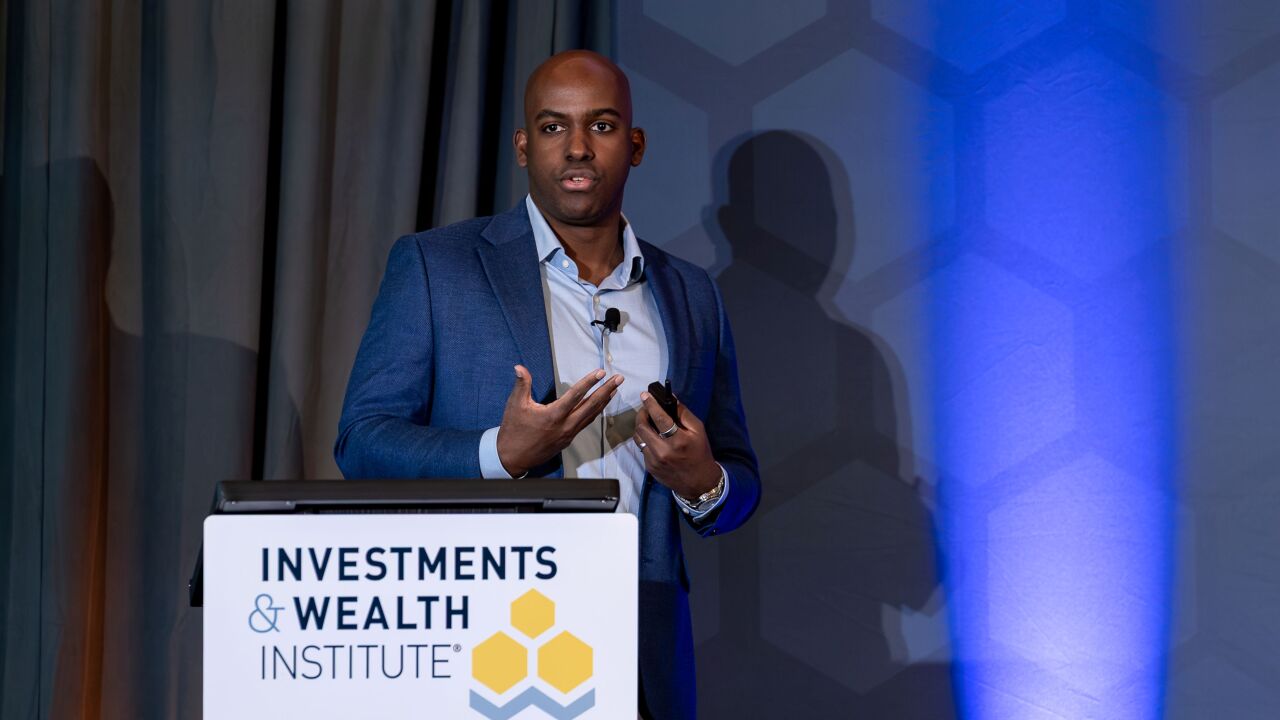Merging man and machine in asset management is a new topic of discussion for NICSA, which promises this year's general membership meeting in Boston will place an emphasis on exploring rapid innovation in the industry.
How increased automation and AI-powered applications are transforming the front, middle and back office is just one of several conference panels with a future focus, says Jim Fitzpatrick, president of the National Investment Company Service Association.
"We plan to bring forth an array of compelling and timely discussions, featuring more than 40 visionary speakers, centered on driving growth through innovation," he said.

Taking place on Oct. 5 and 6, the general assembly meeting will bring together some of the industry's leading executives to debate the future.

Keynote presentations will include Paul Schott Stevens, president and CEO of the Investment Company Institute, as well as Jeremy Gutsche, CEO of TrendHunter.com, considered an authority on disruptive innovation.
The conference will also feature a chief technology officer roundtable, titled, "Re-Imagining Asset Management," where high level executives from industry innovators Eaton Vance, Morgan Stanley, and Putnam Investments will explore how financial institutions can leverage technology programs to drive growth.
"In a rapidly changing business environment, peer collaboration via interactive forums helps our members take a deeper dive into the development of actionable solutions for their firms," Fitzpatrick said.
THEMES THAT DOMINATE
The event is meant to reflect many of the changes experienced by the asset management industry in the last year, event organizers say.
Fiduciary-driven regulation, evolving value propositions for both active and passive fund managers and increased use of technology and data across financial institutions are some of the themes that dominated industry debates.
-
The company is evaluating ways to package both its quantitative and active strategies into the funds, according to a person familiar with the matter.
September 25 -
To encourage a budding relationship with younger clients, firms must provide new offerings and more guidance about how to invest, Schwab says.
September 18 -
Clients will flock to digital advice, but conditions favor incumbent firms, a study found.
September 18
That has encouraged more discussion and interest from members, says Kelly Sherrard, NICSA marketing manager.

"We've enjoyed record setting attendance numbers on our webinars, proving that our members are thirsty for valuable content, insight and education," she says.
NICSA now counts more than 250 members involved on numerous committees. The organization has also seen growth in its regional meetings, as they offer a smaller venue for members to take a deeper dive into select topics. To make industry knowledge more accessible, NICSA is leveraging the Internet and broadcasting sessions for members.
"Our Midwest Meeting focused on robotic process automation and for the first time ever there was a simulcast of the presentation at four different locations in the Midwest," Sherrard said.
It's incumbent on NICSA to foster such knowledge exchanges, says Dan Houlihan, executive vice president at Northern Trust and chairman of NICSA's board of directors.
"The industry's preparation for a technological revolution is critical to the development of investment products and client service," Houlihan states.
Above all others, millennials are likely to include the funds in their portfolios, Schwab says.
"That's where NICSA can really add value. The panel discussions and breakout sessions at the NICSA general meeting allow participants from all across the asset management industry to gather and engage with industry leaders about the themes that are driving their business planning for 2018 and beyond."
FUTURE READY
Several industry leaders will also be recognized for a NICSA NOVA award at the event. Mark Casady, retired chairman and CEO of LPL Financial, will be given an award for strategic leadership.
Reflecting on the meeting's theme of innovation, Casady says asset managers need to take two steps to be ready for the industry's future.
"First, lowering our costs to recognize the need for maximizing returns to investors of our products and services," he says. "Second, by lowering costs we will open new markets for our services both here in the U.S. but also globally."






